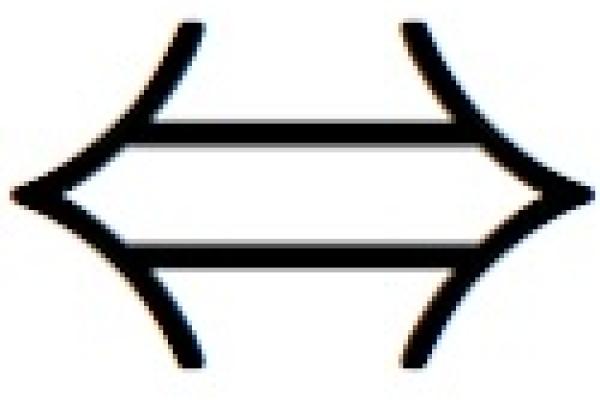Based in Cambridge, the Newton Gateway to Mathematics provides bridges between mathematicians working on the frontiers of their field and people who use mathematics – in industry, business, the public sector and other scientific disciplines. The Newton Gateway develops and runs activities such as workshops and meetings, bringing people and organisations together in order to share knowledge and stimulate further research and collaboration. It is the impact initiative of the Isaac Newton Institute for Mathematical Sciences.
We are proud to be collaborating with the Newton Gateway to report on its fascinating activities for wider audiences. Below are all the articles and podcasts we have published as part of this collaboration so far.




